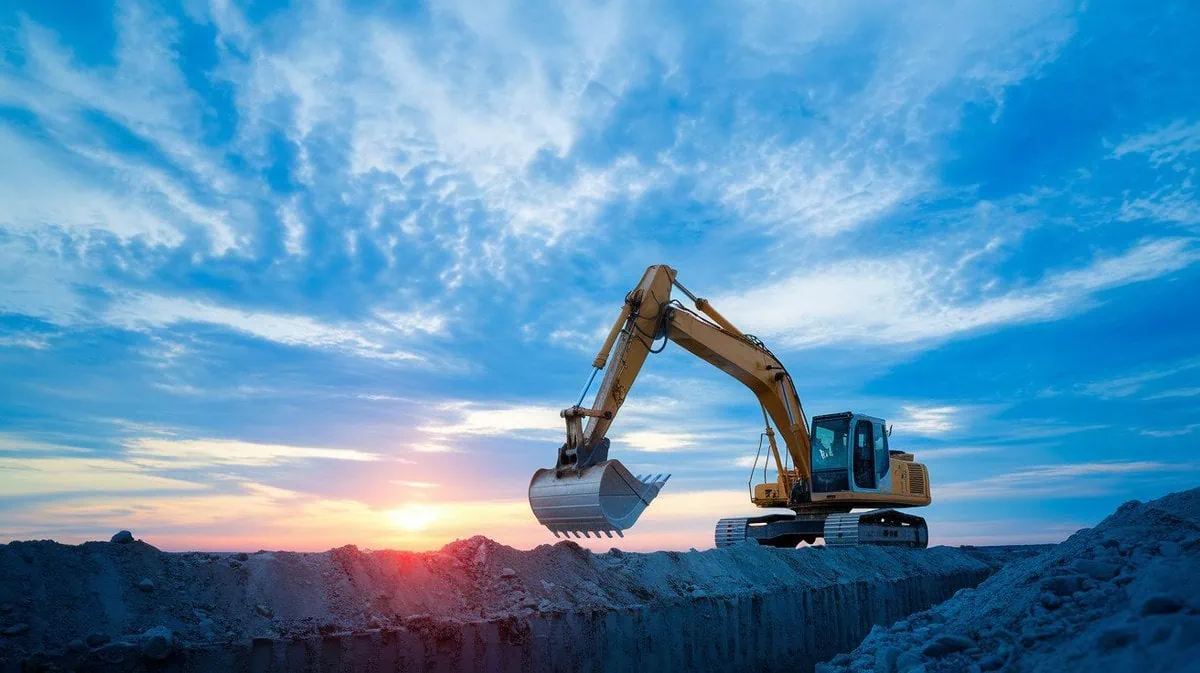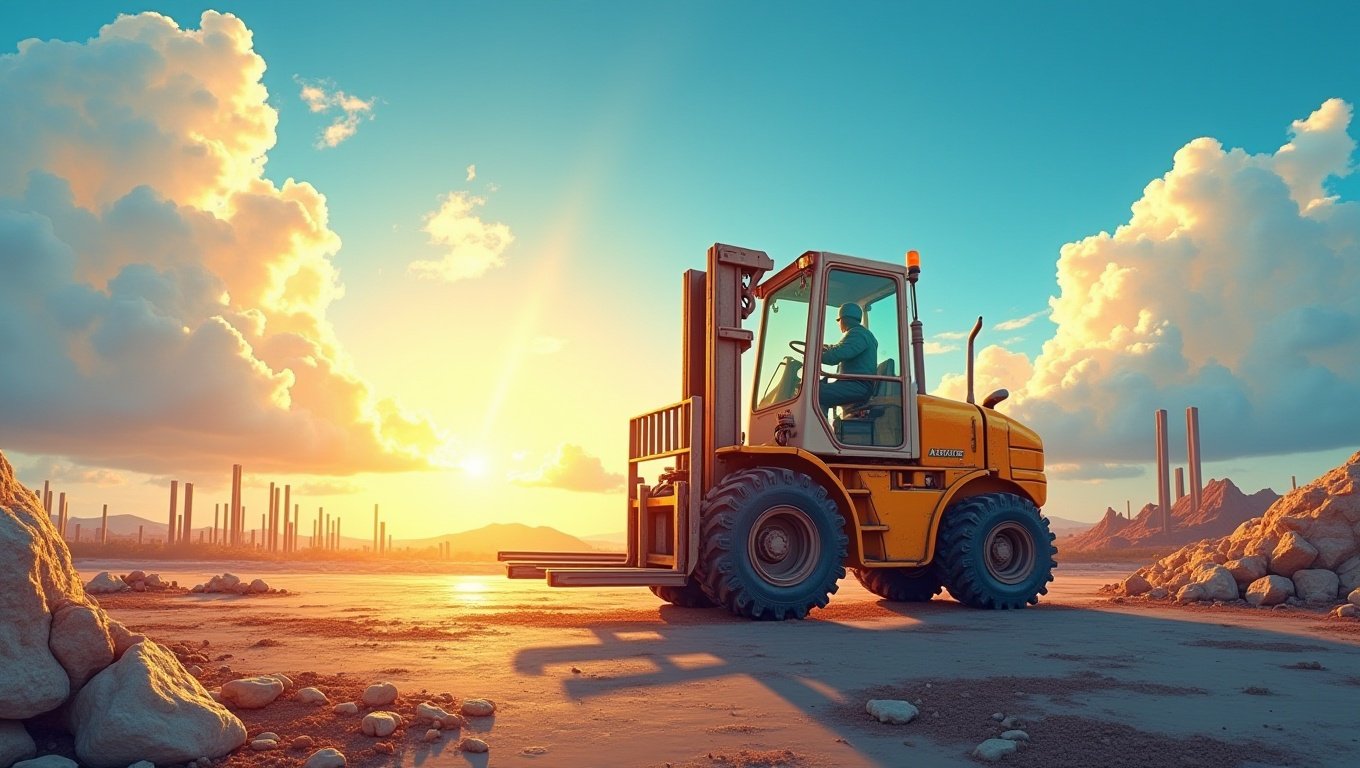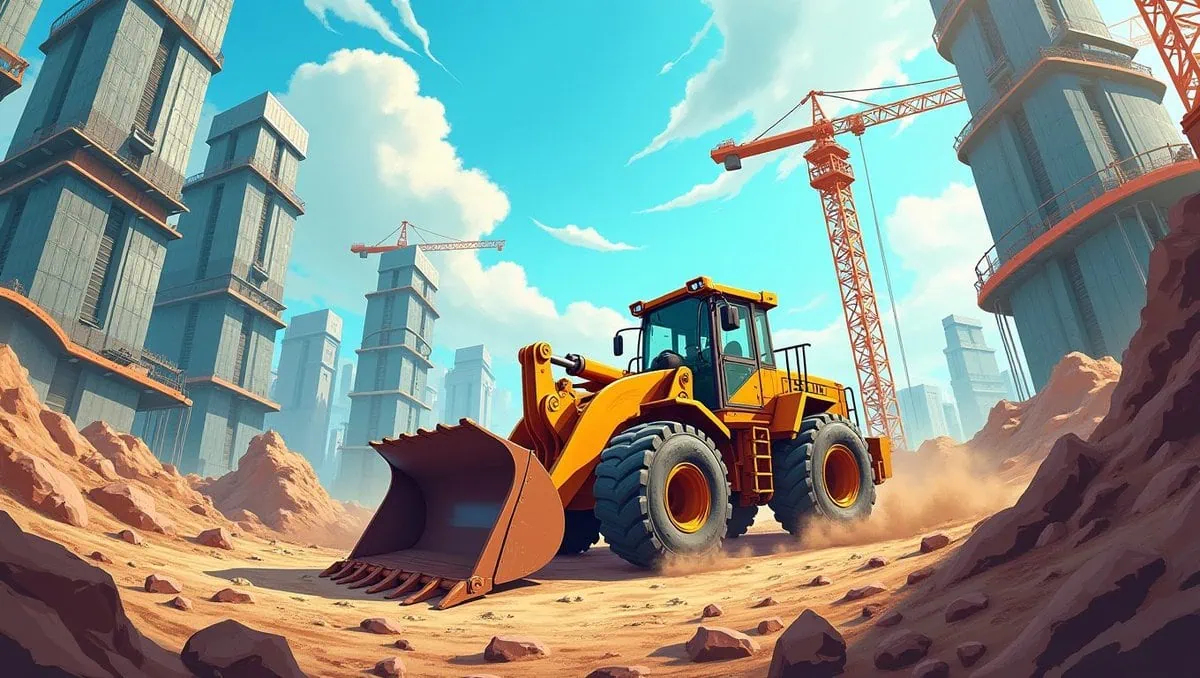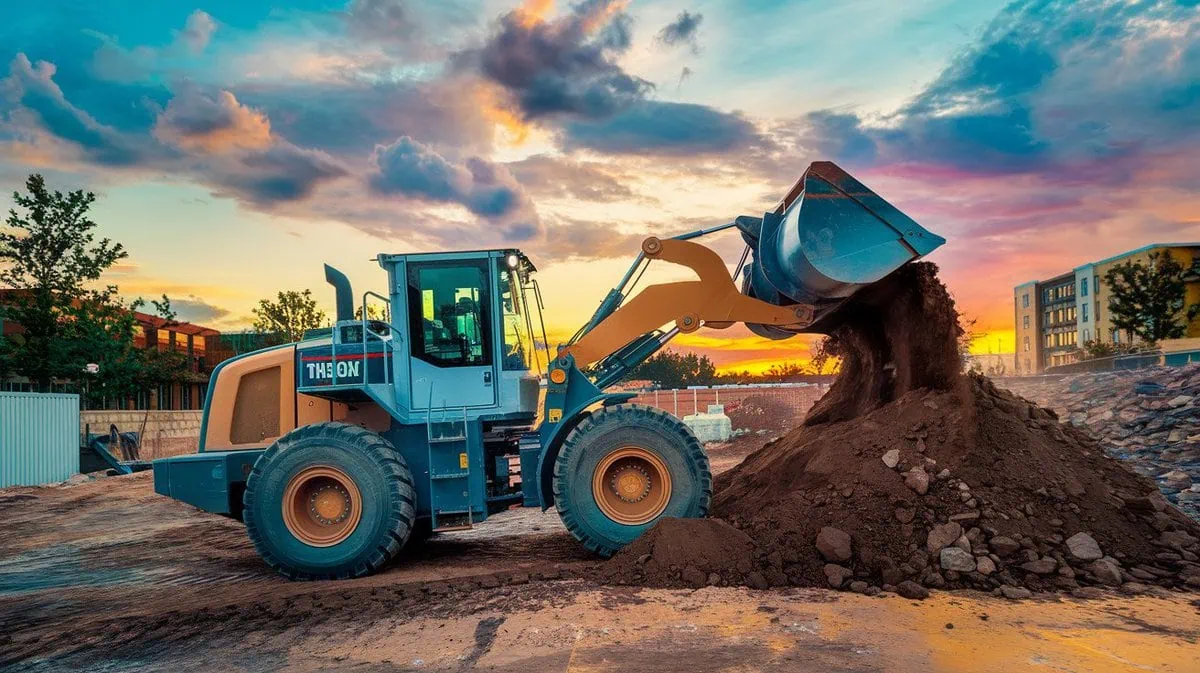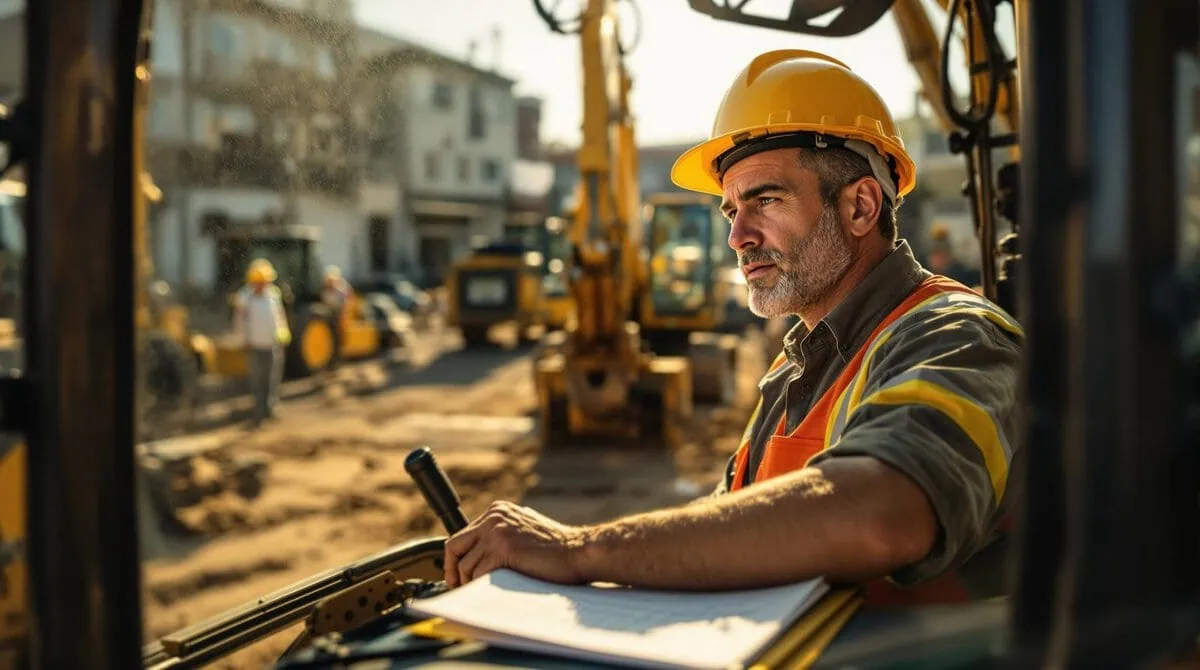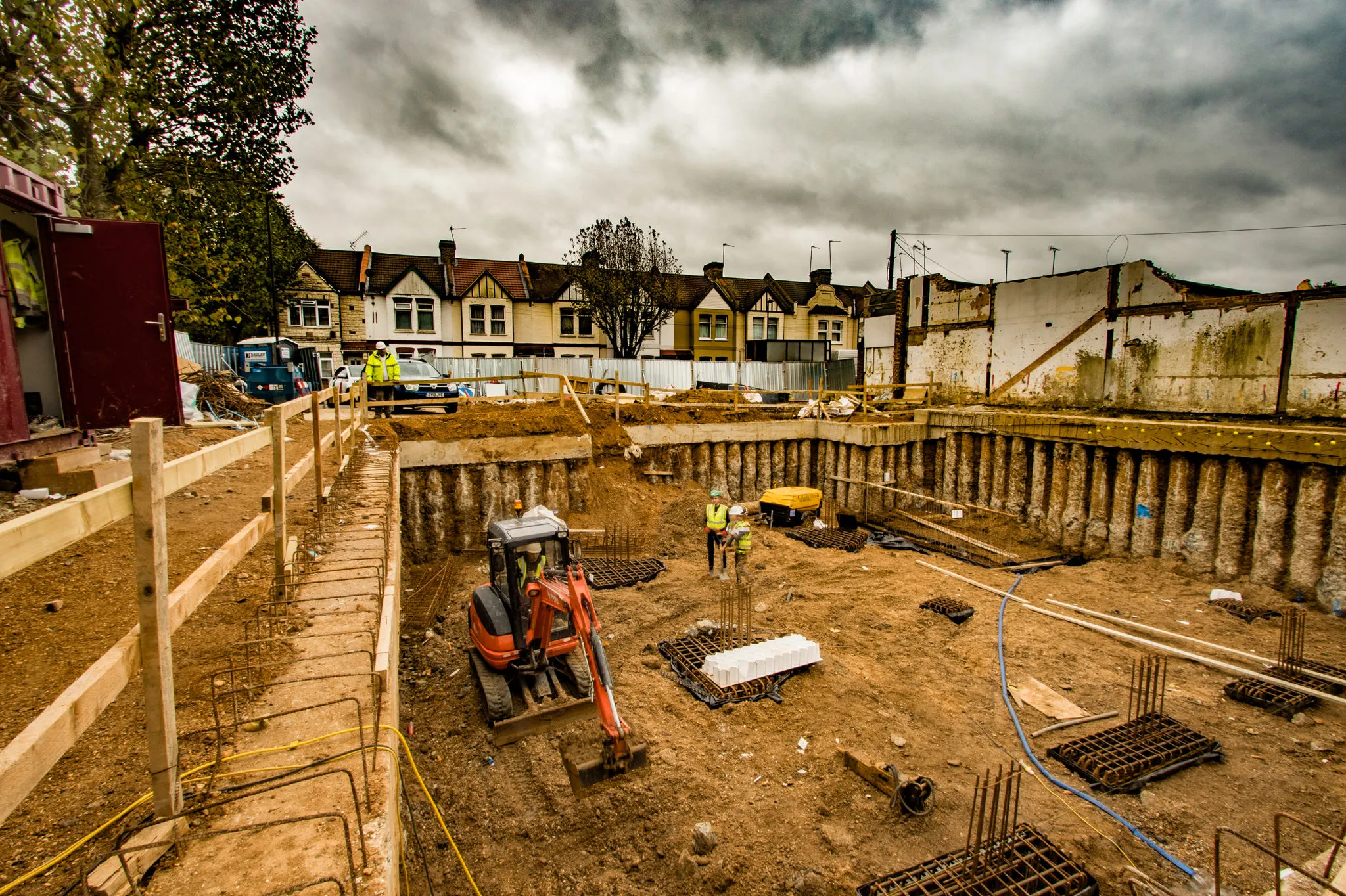Choosing the right equipment for your construction or landscaping job site is very important. Whether you’re managing a small-scale project or a large construction site, understanding the differences between skid steers and front end loaders can significantly impact your decision-making. You might be wondering: “Skid steer vs front loader-Which machine is best for my needs?” This question often arises when construction tasks require equipment that balances maneuverability, load capacity and versatility.
The comparison between skid steer vsfront loaderinvolves understanding their core strengths. While both are heavy-duty machines used in a variety of tasks, they cater to different types of work environments and project needs. In this article, we’ll guide you through these differences and provide you with the information necessary to make an informed decision for your job site.
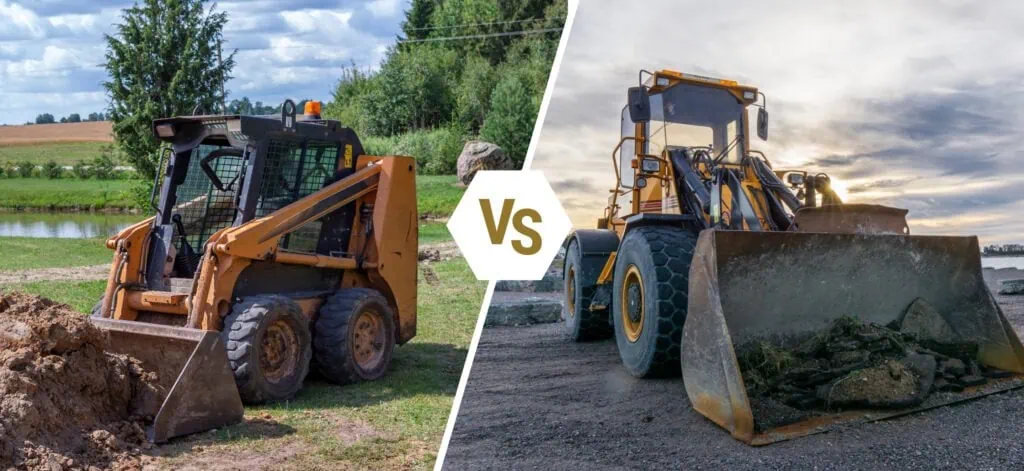
Let’s dive deeper into the unique features and capabilities of skid steers and front end loaders, helping you compare skid steer vs front loader and make the right choice.
Skid Steer vs Front Loader– What is a Skid Steer?
A skid steer is a compact, agile and versatile piece of machinery used in a variety of applications, including construction, landscaping and agriculture. Characterized by its small frame and ability to turn in place, skid steers are ideal for operations that require high maneuverability in confined spaces. The machine gets its name from the way the wheels or tracks are locked in a fixed position and skid, allowing it to pivot easily.
Skid steers are compact, highly maneuverable machines perfect for tight spaces and precision work, often used in construction, landscaping and material handling.
Skid steers are equipped with a variety of attachments such as buckets, forks and grapple attachments, making them highly adaptable to different tasks. These machines are often used in situations where space is limited, such as urban construction sites or residential landscaping. Their ability to operate in confined spaces without sacrificing power or efficiency makes them a favorite among contractors working in smaller environments.
Another important feature of skid steers is their ability to operate on rough terrain. With their low center of gravity and four-wheel drive, these machines can tackle uneven ground and are often used in environments where traditional wheel-based machines struggle. This makes them ideal for digging, hauling materials, grading and even snow removal.

Skid Steer vs Front Loader– What is a Front End Loader?
A front end loader, also known as a wheel loader or front loader, is a heavy-duty construction machine that features a large bucket on the front, capable of scooping and lifting materials such as dirt, gravel and sand. Front end loaders are designed to work on large-scale projects, providing exceptional load capacities and high lifting capabilities, especially in open spaces. These machines are common on large construction sites, quarries and mining operations where heavy lifting and moving of bulk materials are required.
Front end loaders are powerful machines designed for heavy lifting and material handling on large-scale construction sites, capable of handling bigger loads than skid steers.
The front end loader’s larger size and greater lifting capacity make it perfect for handling larger loads, such as bulk materials or large amounts of debris. These machines are used on a variety of job sites, from road construction to mining operations, where the need for large-scale material handling and efficient movement of heavy loads is essential.
Despite their size, front end loaders offer impressive stability and lifting power, especially when used for tasks like loading trucks or moving large amounts of material across a job site. They also offer a variety of attachments, including forks, buckets and rakes to make them versatile across different tasks. Their strong engine and hydraulic systems allow them to perform heavy-duty tasks with ease and their larger frames make them less maneuverable than skid steers, especially in tight spaces.
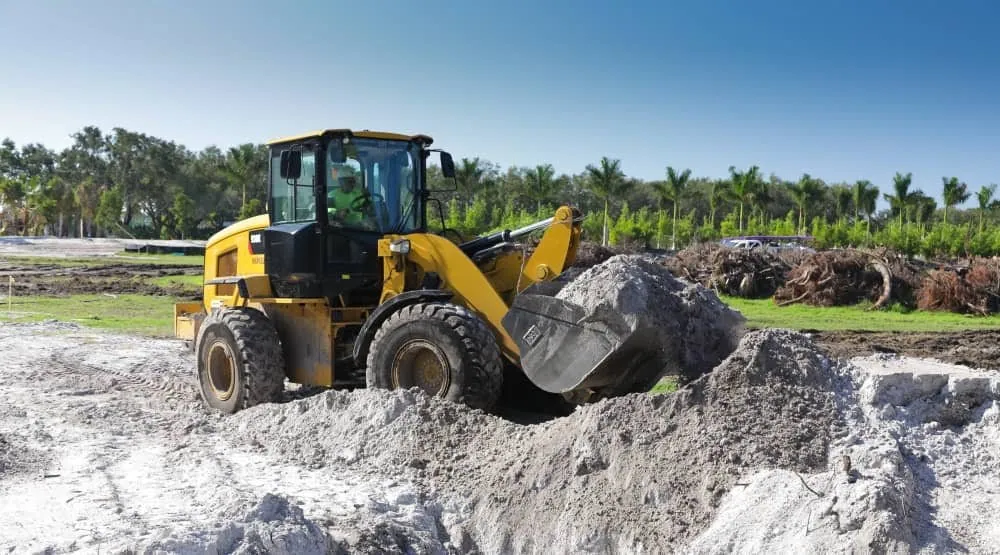
Skid Steer vs Front Loader: Performance Comparison
Skid steer vs front loader – When you are making decision, it is essential to focus on the core aspects that determine which machine will be the most effective for your specific job site. The two main factors to consider in this comparison are maneuverability, load capacityandefficiency. Understanding how each machine performs in different conditions will help you choose the right one for your project.
Skid steers excel in tight spaces and high maneuverability, while front end loaders provide greater lifting capacity and efficiency for large-scale tasks. Each machine is designed for specific uses, so your choice depends on your work environment and requirements.
Skid steer vs front loader – Maneuverability
Maneuverability is one of the primary differences between skid steer vs front loader. Skid steers are known for their exceptional maneuverability in narrow or confined spaces. This is due to their unique design, where each side of the machine operates independently, allowing it to turn on a dime. Whether you’re navigating narrow construction zones or need to turn around obstacles quickly, skid steers are the ideal solution. Their compact size allows them to work in areas where larger machines, such as front end loaders, would struggle to operate effectively.
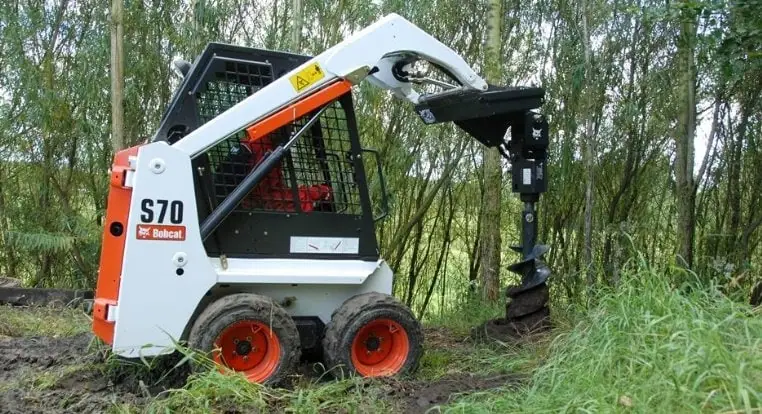
Skid steers are commonly used in environments like residential construction, landscaping and demolition work, where space is limited and agility is critical. These machines are particularly useful for moving materials in tight spaces or working around buildings and other structures. Their ability to turn 360 degrees within their own footprint makes them highly effective in job sites where precision and space are paramount.
In contrast, front end loaders are larger and require more space to work. These machines are designed for use in more open areas, such as larger construction zones, mining sites or quarries. Due to their size and turning radius, front end loaders may struggle in confined spaces. If you’re working in a tight area or need precise movement, a skid steer is likely the better option.
Skid steer vs front loader – Load Capacity
When it comes to load capacity, front end loadershave the clear advantage. These machines are built for heavy-duty material handling, with powerful hydraulic systems that allow them to lift large amounts of material with ease. The typical front end loader can lift more than twice the weight of a skid steer, with some models capable of lifting upwards of 10,000 pounds or more. This makes them ideal for large-scale earth-moving projects, road construction or bulk material handling.
Skid steers are smaller machines with lower load capacities. While they are still capable of lifting and transporting materials, skid steer lifting capacity typically ranges from 1,300 to 3,500 pounds, depending on the model and attachments. These smaller load capacities make skid steers better suited for handling lighter materials, such as soil, mulch or smaller debris. If you need to move large volumes of heavy material quickly and efficiently, a front end loader will be the more effective choice.
Despite their smaller size, skid steers can be fitted with various attachments to improve their lifting capabilities. For example, a skid steer with a high-lift bucket attachment may be able to lift heavier loads than a standard bucket. However, these attachments are still unlikely to match the raw power and load capacity of a front end loader.

Skid steer vs front loader – Speed and Efficiency
Skid steersare designed to excel in efficiency for smaller, lighter tasks. Their quick operation makes them ideal for projects that require rapid material handling or multiple different tasks performed in a short amount of time. Skid steers are highly effective for grading, leveling, digging and moving smaller amounts of material. They can easily switch between tasks due to their versatility and range of attachments, making them efficient for job sites that require a variety of functions, such as construction, landscaping and snow removal.
Speed is another factor where skid steers shine. With their compact design, skid steers can navigate a job site much faster than larger machines. Their ability to move quickly and complete tasks in a short amount of time makes them invaluable for fast-paced operations where timing is crucial.
Front end loaders, on the other hand, are built for heavy-duty, large-scale tasks, which means their speed and efficiency are focused on handling large amounts of material over greater distances. While they may not match the maneuverability and speed of skid steers in tight spaces, front end loaders excel when it comes to moving large volumes of material. Their higher lifting capacities and faster loading cycles make them ideal for jobs that require moving bulk materials, such as dirt, gravel or concrete, quickly and effectively. These machines are commonly used in larger construction projects, mining operations and agricultural settings, where the primary task is transporting heavy materials efficiently.
In terms of efficiency, front end loaders are better suited for operations that require significant lifting and moving over long distances, making them ideal for large job sites. Their powerful engines and hydraulic systems allow them to work continuously without the same level of fatigue that smaller machines might experience. However, for tasks that require quick precision in smaller areas, skid steers are likely the more efficient option.
In summary, skid steers vs front loadersdebate comes down to the specific requirements of your job site. If your tasks involve working in tight spaces with smaller loads, then a skid steer will provide the maneuverability and versatility you need. Skid steers are ideal for landscaping, small construction projects and environments where space is at a premium.
How to Choose the Right Equipment: Skid Steer vs Front Loader

Choosing between skid steer vs front loaderdepends on several factors, including job site conditions, load requirements, budget, and operator experience. By understanding the strengths and limitations of each machine, you can ensure your project runs efficiently while staying within budget.
Skid steers are good at working in tight spaces and for smaller tasks, while front end loadersare ideal for heavy-duty, large-scale projects requiring substantial load capacities. Followings are main factors to choose between Skid Steer vs Front Loader.
- Job Site Size – the most important factor to choose between skid steer vs front loader.
The size of your job site is a major consideration in the skid steer vs front loaderdecision. If your work area is compact or constrained, skid steersare the better choice. Their small size and ability to turn in place make them perfect for tight spots in residential construction, landscaping, or narrow spaces. However, for large, open sites such as road construction or mining, front loadersare more suitable. Their larger size and strong lifting capacity are built for bulk material handling and earth-moving tasks. - Load Requirements
Skid steersare versatile machines that perform a variety of tasks, handling light to medium loads such as sand, gravel and mulch. They can also accommodate various attachments for tasks like digging and trenching. For larger, heavy-duty tasks requiring high lifting capacity—such as moving dirt, concrete or large rocks—a front loaderis the better choice. With powerful hydraulic systems, front loaderscan lift and transport large amounts of material efficiently. - Budget Considerations
Skid steersare generally more affordable, with lower initial costs, less fuel consumption and reduced maintenance requirements. They are ideal for smaller businesses or contractors working on budget-conscious projects. In contrast, front loadersare more expensive due to their size and lifting capacity. While they incur higher operating costs, they are ideal for large-scale projects that require heavy lifting over long periods. - Terrain and Weather Conditions
Skid steersexcel in navigating uneven or rough terrain. Their low center of gravity and all-terrain wheels make them ideal for working in challenging conditions, such as mud, snow, or rocky surfaces. Front loadersare best suited for stable, open terrain, where their large size and heavy-duty lifting capabilities shine. Though they can handle rough conditions, they are not as nimble as skid steers in uneven environments. - Operator Skill Level
While both machines are safe when operated correctly, skid steersrequire a higher level of skill due to their smaller size and maneuverability. Operators must be adept at managing multiple tasks and attachments quickly. Front loaders, being larger and more stable, are easier for less experienced operators to handle, especially when lifting heavy materials in open spaces.
By evaluating these key factors—job site size, load requirements, budget, terrain and operator skill level—you can make an informed decision between skid steer vs front loader. Whether your project needs a compact, versatile machine or a heavy-duty loader, choosing the right equipment will ensure maximum productivity and efficiency.
Skid Steer vs Front End Loader – Common FAQs

Q: Skid Steer vsWheel Loader-what are the differences
Skid steers are smaller, more compact machines ideal for working in confined spaces, whereas wheel loaders (front end loaders) are larger and designed for heavier, bulk material handling tasks on larger job sites. The primary difference lies in maneuverability and load capacity. Skid steers are perfect for tight areas, while front end loaders excel in heavy-duty tasks requiring large lifting capacities.
Skid steer vs wheel loaderis a highly searched topic because many contractors are confused about which machine suits their specific job sites better. If you’re working in a confined space where precision is key, a skid steer offers great versatility. On the other hand, for larger tasks like clearing bulk debris or heavy material movement, a wheel loader’s high lifting capacity and power are unmatched.
Q: Skid steer vs front loader – which is better for construction
Choosing between a skid steer and a front end loader for construction projects depends largely on the scale of the project. Skid steers are more agile, making them ideal for smaller or more intricate tasks, like landscaping or foundation work. In contrast, front end loaders are more efficient for larger construction tasks, especially those involving bulk material handling.
Skid steer vs front loaderis a common query for those in construction, as each machine has strengths for different tasks. Skid steers are perfect for digging, grading and material handling in tight spaces, while front end loaders are better for larger-scale operations such as earth-moving, trenching and lifting large volumes of materials.
Q: Can a skid steer be used for snow removal?
Yes, skid steers are often used for snow removal in residential, commercial and municipal areas. Their compact design and ability to operate in tight spaces make them ideal for clearing driveways, parking lots and narrow pathways during winter months.
Skid steers are equipped with snowplow and snowblower attachments, which are highly effective for snow removal tasks. The skid steer vs front loaderdebate extends to snow removal as well; while front end loaders can handle larger snow piles, skid steers are preferred for precision work and smaller areas, making them highly versatile.
Q: How much weight can a skid steer lift?
Skid steers can typically lift anywhere between 1,300 and 3,500 pounds depending on the model and attachments used. These machines are generally not designed for lifting heavy-duty materials like a front end loader but can handle smaller to moderate tasks, such as moving sand, gravel or construction debris.
For more serious lifting tasks, a front end loaderis the better choice, offering lifting capacities upwards of 10,000 pounds. However, if your tasks involve moving materials that don’t exceed the load capacity of a skid steer, this smaller machine may be the perfect solution for your job site. Additionally, skid steers offer flexibility with various attachments, such as forks and buckets, that make them useful for different kinds of lifting and material handling.
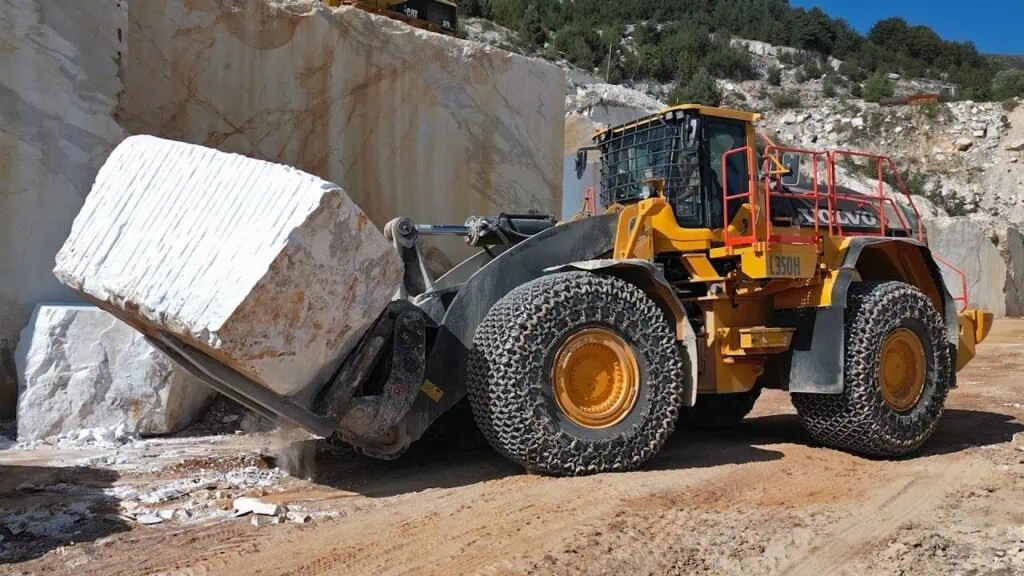
Conclusão
The decision between skid steer vs front loaderultimately depends on your job site’s specific requirements. Skid steers are ideal for smaller, tighter spaces where maneuverability and precision are critical. On the other hand, front end loaders excel in large-scale projects, offering the lifting capacity and power required for heavy-duty tasks. Assess your project needs, budget and work environment carefully to determine the best choice for your operations. If you have any questions or problems about the skid steer vs front loader, you are welcome to contact with us or leave message, we are happy to have a discuss.

